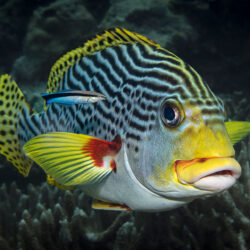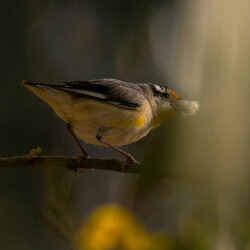Fujifilm X-T30 III
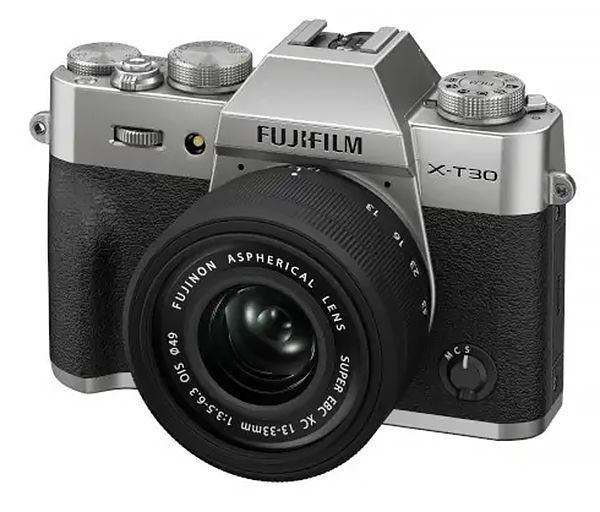
In summary
Fujifilm’s latest entry-level camera sports a 26.1-megapixel X-Trans CMOS 4 sensor in a compact body that gives stills shooter quick access to film-inspired looks.
The X-T30 III might appeal to serious photographers who would like some of the features of the X-T50 but don’t need its 40-megapixel resolution or relatively high price tag.
Full review
Announced on 23 October, 2025, Fujifilm’s X-T30 III is the third-generation model in a successful entry- to mid-range series characterised by compact, lightweight bodies and SLR-like styling. Positioned between the stabilised X-S20 and the basic rangefinder-styled X-M5, it has the same, backside-illuminated 26.1-megapixel X-Trans APS-C CMOS sensor (and the same resolution as the previous models in the X-T30 range), coupled with the X-Processor 5 processing chip, which expands subject recognition autofocusing to include detection and tracking of animals, birds, insects and vehicles (cars, motorbikes and bikes, airplanes, trains and drones).

Angled view of the Fujifilm X-T30 III camera with the XC13-33mm f/3.5-6.3 OIS kit lens. (Source: Fujifilm.)
Like its precursors, it will be offered in all-black or black and silver as well as in the Charcoal Silver body colour introduced with the X-T30 in 2019. The camera will be offered as a body alone for an RRP of $1679 or in a kit with the XC13-33mm f/3.5-6.3 OIS lens at an RRP of AU$1949. We received the X-T30 III with the new kit lens, which is reviewed separately.
Who’s it for?
The X-T30 III might appeal to serious photographers who would like some of the features of the X-T50 but don’t need its 40-megapixel resolution or relatively high price tag. It shares many features with the previous model – including its light weight – and also the more recently-released X-M5 (which is lighter but lacks a viewfinder) and the more sophisticated X-S30, as shown in the table below.
All four cameras have the same 26-megapixel X-Trans CMOS 4 sensor and the three most recent come with the new X-Processor 5 chip (with only the X-T30 II using the older X-Processor 4). None of these cameras will suit photographers who require weatherproofing and, although all can record C4K video, only the X-M5 is purpose-built for vlogging.
Only the X-S20 has in-body image stabilisation; the others rely on stabilised lenses and/or digital stabilisation that crops the frame. The X-M5 is the lightest and lowest-priced, although even it’s not really suitable for rank novices or technologically-challenged users.
| X-T30 III | X-T30 II | X-M5 | X-S20 | |
| Max. video | 4096 x 2160 @ 25p, H.264
|
4096 x 2160 @ 50p, H.264 | ||
| Processor | X-Processor 5 | X-Processor 4 | X-Processor 5 | |
| Stabilisation | Lens-based only | Digital only | IBIS 7 stops | |
| AF system | Hybrid with 425 points | Hybrid, points not specified | Hybrid with 425 points | |
| Subject recognition & tracking | Human / Animal / Bird / Automobile / Motorcycle & Bike / Airplane / Train | Human face / eye | Human / Animal / Bird / Automobile / Motorcycle & Bike / Airplane / Train | |
| Max. burst speed | 30.0 fps (1.25x crop) | |||
| Viewfinder | EVF with 2,360,000 dots, 0.93x magnification | None | EVF with 2,360,000 dots, 0.93x magnification | |
| Monitor | 3-inch tilting touch screen, 1,620,000 dots | 3-inch tilting touch screen, 1,040,000 dots | 3-inch vari-angle touch screen, 1,840,000 dots | |
| Battery/capacity | NP-W126S / 315 frames | NP-W126S / 390 frames | NP-W126S / 330 frames | NP-W235/ 750 frames |
| Dimensions | 118 x 83 x 47 mm | 112 x 67 x 38 mm | 127 x 85 x 65 mm | |
| Weight (with battery & card) | 383 grams | 355 grams | 491 grams | |
| Current body RRP (Australia) | $1679 | $1449 | $1449 | $2299 |
Build
Physically, the body of the X-T30 III has barely changed from previous X-T30 generations, and retains the same dimensions and weight. It has a shallow grip moulding on the front panel and a raised (although not particularly comfortable) thumb rest on the rear, which carries the button for opening the Quick menu.
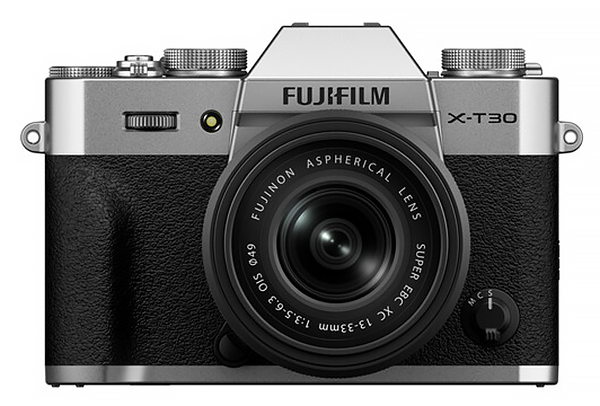
Front view of the X-T30 III (silver version) with the 13-33mm kit lens fitted. (Source: Fujifilm.)

Rear view of the X-T30 III, showing the new labelling on the Delete/Drive button. (Source: Fujifilm.)
The only change to the top panel has been the replacement of the drive dial with the new Film Simulation dial. Drive settings are now accessed via the dual-purpose Delete/Drive button on the rear panel.
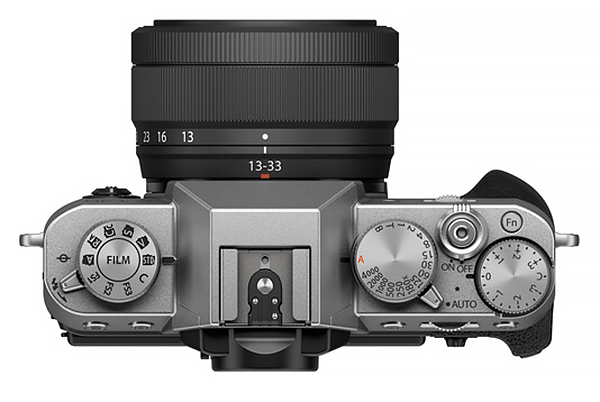
Top view of the X-T30 III with the 13-33mm kit lens fitted. (Source: Fujifilm.)
The OLED EVF is the same as in the X-T30 II, with a resolution of 3,690,000 dots but the monitor’s resolution has been increased from 1,040,000 to 1,620,000 dots, which is barely noticeable. The screen is still touch-enabled and retains the same 3:2 aspect ratio as previous models as well as the three-way tilt adjustments.
The battery and media slot share a compartment in the base of the camera, which is essentially unchanged from previous models. The X-T30 III also retains the UHS-1 SD card compatibility and uses the same NP-W126S lithium-ion rechargeable battery, although its capacity is slightly lower, at 315 frames/charge, compared with 390 frames/charge for the X-T30 II. The USB-C connector, mini HDMI (Type D) socket and 2.5 mm external microphone or remote release port, are located in a dedicated compartment in the left hand side panel.
Ergonomics
Unless you want to shoot mainly with the automatic controls, the X-T30 III can be frustrating to use, particularly with the XC13-33mm f/3.5-6.3 OIS kit lens, which lacks an aperture ring. The default setting for the camera is aperture priority AE mode, which is easy enough to change when using a lens with aperture adjustments.
However, if you accidentally press the front dial when adjusting aperture settings, you flip the camera into P mode and the dial swaps to ISO adjustments. The Q menu isn’t much help because it doesn’t let you select a different shooting mode, although it does let you change ISO settings.
After setting the camera to P mode when using the XF 16-80mm f/4 lens and discovering this mode remained when we swapped back to the kit lens, we ended up having to reset the camera to restore the aperture priority AE mode. The camera offers numerous options for customising controls – but the user manual isn’t particularly helpful at explaining how to go about them.
Another problem relates to the position of the Quick menu button. Which is still located on top of the thumb rest, where it’s very easy to trigger unintentionally. A number of reviewers drew attention to this in their reviews of the X-T30 II so it’s surprising Fujifilm hasn’t addressed it yet.
Because of these issues, the X-T30 III isn’t an ideal choice for inexperienced users. But it will also tax the patience of more experienced photographers – at least until they have worked out ways of addressing such problems as they can control. This will take time.
Playback and Software
Playback options are the same as in the previous camera and pretty standard on the whole.
No software is bundled with the camera but links are provided to the smartphone app, RAW FILE CONVERTER EX powered by SILKYPIX and FUJIFILM RAW Converter supplied free of charge from Capture One A/S.
Capture One workflow software is also available, although the X-T30 III does not support tethered photography. FUJIFILM X RAW STUDIO is also available for use when the camera is connected to a computer via USB, enabling the camera’s processor to convert raw files into editable formats.
Raw files from this camera can also be converted into editable formats with the latest version of Adobe Camera Raw, our preferred file converter. Frame.io Camera to Cloud software is also available for uploading images and movies directly to the Frame.io platform via a network.
Performance
We tested the X-T30 III with two lenses, the XC13-33mm f/3.5-6.3 OIS kit lens and the XF 16-80mm f/4 R OIS WR lens, which is superior in many ways and which we hadn’t reviewed before. Both lenses are reviewed separately (INSERT LINKS) and, because of its superior performance, we’ve used the results from the XF 16-80mm f/4 R OIS WR lens to evaluate the camera’s capabilities.
Measurements of test files taken from the centre of the frame out to roughly half-way to the border showed resolution was above expectations for the camera’s 26-megapixel sensor in JPEG files captured with this camera and lens combination. The best results were obtained with the default ISO 160 sensitivity at the 23mm focal length with an aperture of f/5.6.
As with previous reviews of earlier X-T30 models, resolution declined gradually as sensitivity was increased. The graph below shows the results of our tests.

Low light performance was similar to the X-T30 II’s with little in the way of noise up to ISO 6400, followed by a gradual increase in graininess as sensitivity was increased. As before, exposure levels remained constant and both saturation and colour accuracy were retained throughout its sensitivity range, although contrast was reduced with the softening that affected the highest ISO settings.
Flash performance was slightly better than the previous model’s, largely because the use of the kit lens let us shoot from a little further away from the subject. Light distribution was a little better as a result, but metering tended towards gross under-exposure at low ISO settings.
Autofocusing performance was fast and accurate with both lenses we tested and we encountered similar performance when shooting both stills and video, including in low light levels and with low-contrast subjects. Subject recognition AF meant the camera locked-on quickly to human subjects, picking out people within the camera’s range. Similar results were obtained when photographing dogs, cats and birds.
Movie quality was also better than we obtained from the X-T30 II, again thanks to more suitable and better-quality lenses. We’ve used clips recorded with the XF 16-80mm f/4 R OIS WR lens for our main assessments since that lens has a constant f/4 maximum aperture and longer zoom range. Audio quality was mainly as good as the picture quality.
We carried out our timing tests with the same 64GB Panasonic SDHC UHS-1 U3 card as we used when testing the previous models in order to compare their performance. Our specific interest was in whether the upgraded X-Processor 5 in the new model made any different to its operating speeds.
Interestingly, despite assertions about improved performance in the new camera, we found no significant change in our timing figures. We found the X-T30 III to be faster in some situations than the previous models and able to utilise the small increases in the buffer capacity for all file types.
As before, the review camera took roughly one second to both power-up but shut down almost instantaneously. However, capture lag has been cut to an average of 0.1 seconds, which was eliminated with pre-focusing.
Shot-to-shot times for JPEGs were only marginally faster, averaging 0.5 seconds and, going by the indicator light on the rear panel, it took just under half a second on average to process each JPEG file. Each RAF.RAW file took roughly one second to process, with RAW+JPEG pairs marginally longer.
When the mechanical shutter was used in the continuous high-speed shooting mode, the review camera recorded 161 high-resolution JPEGs in 9.9 seconds without slowing, which is a little faster than 16.25 fps. It took roughly 14.3 seconds to clear the buffer memory.
On swapping to RAF.RAW files, the camera paused after recording 63 files in 3.8 seconds. Processing time for this burst was 18.2 seconds. With RAW+JPEG pairs, recording paused after 57 frames, which were captured in 3.2 seconds. It took 19.1 seconds to compete the processing of this burst.
Conclusion
Login or Register to access the full article.
SPECS
Image sensor: 23.5 x 15.6mm X-Trans CMOS 4 sensor with 26.1 megapixels effective
Image processor: X-Processor 5
Lens mount: Fujifilm X mount
Focal length crop factor: 1.5x
Image formats: Stills: JPEG (DCF, Exif Ver. 2.32), HEIF (4:2:2 10-bit), RAF.RAW (14-bit), RAW+JPEG, 8-bit TIFF by in-camera conversion; Movies: MOV- HEVC/H.265, Linear PCM (Stereo sound 24bit / 48KHz sampling), MPEG-4 AVC/H.264, Linear PCM (Stereo sound 24bit / 48KHz sampling) plus MP4 -MPEG-4 AVC/H.264, AAC; Long GOP compression
Image Sizes: Stills 3:2 aspect ratio – 6240 x 4160, 4416 x 2944, 3120 x 2080, instax mini: 1568 x 2080, Panorama L – vertical: 2160 x 9600, horizontal: 9600 x 1440: Movies (PAL system): 6.2K 6240 x 4160 at 25p, DCI4K (17:9) and 4K (16:9) at 50p/25p, Full HD (17:9) and Full HD (16:9) at 50p/25p plus Full HD High Speed Rec. at 200p / 100p
Aspect ratios: 3:2, 16:9, 1:1 plus vertical and horizontal panoramas
Image Stabilisation: Digital only for movies; otherwise, lens-based
Dust removal: Ultra Sonic Vibration
Shutter (speed range): Focal Plane Shutter (Mechanical shutter: 30 seconds to 1/4000 sec plus Bulb to 60 min.; Electronic shutter: 30 to 1/32000 second plus 1 second Bulb)
Exposure Compensation: +/- 5EV in 1/3EV steps (+/2-EV for movies)
Exposure bracketing: images in 1/3, 2/3 or 1 EV step, max. +/-3 EV, single/burst
Other bracketing options: Aperture, Focus, White Balance, Film Simulation, Dynamic Range, ISO Sensitivity plus Multiple Exposure (Max. 9 frames) and HDR modes
Self-timer: 2 or 10 seconds delay
Interval recording: Yes, for time-lapse
Focus system: Intelligent Hybrid AF (TTL contrast AF / TTL phase detection AF)
AF selection: Single Point, Zone (3×3 / 5×5 / 7×7 / Custom1-3 from 117 areas on 13×9 grid), Wide/Tracking AF, All; Automatic Detection for Human Face/eye plus Animal/Bird/Automobile/Motorcycle&Bike/Airplane/Train/Insects/Drones
Focus modes: AFS (Single) / AFC (Continuous) / MF
Exposure metering: TTL 256-zone metering with Multi, Spot, Average and Centre-weighted metering patterns
Shooting modes: Program AE, Aperture Priority AE, Shutter Priority AE, Manual Exposure
AUTO Mode Settings: AUTO, Portrait, Portrait Enhancer, Landscape, Sport, Night, Night (Tripod), Fireworks, Sunset, Snow, Beach, Underwater, Party, Flower, Text
Filter modes: Toy camera, Miniature, Pop colour, High-key, Low-key, Dynamic tone, Soft focus, Partial colour (Red / Orange / Yellow / Green / Blue / Purple)
Film Simulation Modes: PROVIA/Standard, Velvia/Vivid, ASTIA/Soft, Classic Chrome, REALA ACE, PRO Neg.Hi, PRO Neg.Std, Classic Neg, Nostalgic Neg., ETERNA/Cinema, ETERNA BLEACH BYPASS, ACROS, ACROS + Ye Filter, ACROS + R Filter, ACROS + G Filter, Black & White, Black & White + Ye Filter, Black & White + R Filter, Black & White + G Filter, Sepia, Monochromatic Colour
Special effects: Grain Effect, Colour Chrome Effect, Colour Chrome Blue, Portrait Enhancer Lv
Colour space options: sRGB and Adobe RGB
ISO range: Auto, ISO 160-12800 with extensions to ISO 80 / 100 / 125 and ISO 25600 / 51200
White balance: Auto with Ambience & White Priority, Daylight, Shade, Incandescent, Fluorescent (x3), Custom (x 3), Colour temperature setting (2500K~10000K)
Flash: Manual pop-up flash (Super Intelligent Flash); GN approx.. 7 (ISO200・m) / approx. 5 (ISO100・m)
Flash modes: TTL (TTL AUTO / STANDARD / SLOW SYNC. ), MANUAL, COMMANDER, OFF
Flash exposure adjustment: +/- EV in 1/3EV steps
Sequence shooting: Max. 30 frames/sec. with electronic shutter; 8 fps with mechanical shutter; Pre-shot mode with 1.25x crop 30 fps for 1 second
Buffer capacity: Max. 128 Large/Fine JPEGs, 78 compressed RAW files
Storage Media: Single slot for SD, SDHC, SDXC UHS-I cards
Viewfinder: 0.39 inch OLED Colour EVF with approx.. 2,360,000 dots, approx. 17.5mm eyepoint, 0.62x magnification, -4 to +2 dpt adjustment, built-in eye sensor
LCD monitor: 3.0 inch tilting touch screen colour LCD with approx. 1,620,000 dots
Weather sealing: No
Interface terminals: USB Type-C USB 10Gbps, HDMI Micro connector (Type D), ø2.5mm, stereo mini connector (Microphone & Remote Release)
Wi-Fi function: Built-in Wi-Fi (IEEE802.11b/g/n); Bluetooth v5.2 (Bluetooth Low Energy)
Power supply: NP-W126S rechargeable Li-ion battery; CIPA rated for approx. 315 shots/charge Normal mode, 425 shots/charge with Economy mode
Dimensions (wxhxd): Approx. 118.4 x 82.8 x 46.8 mm
Weight: Approx. 378 grams with battery and card
Distributor: Fujifilm Australia
TESTS
Based upon JPEG files recorded with the XF 16-80mm f/4 R OIS WR lens.

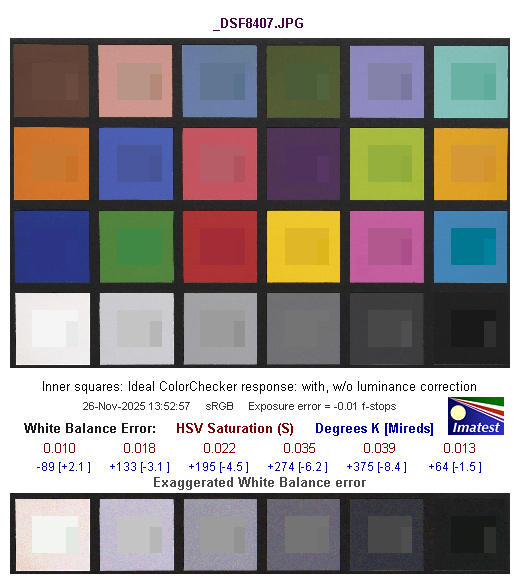
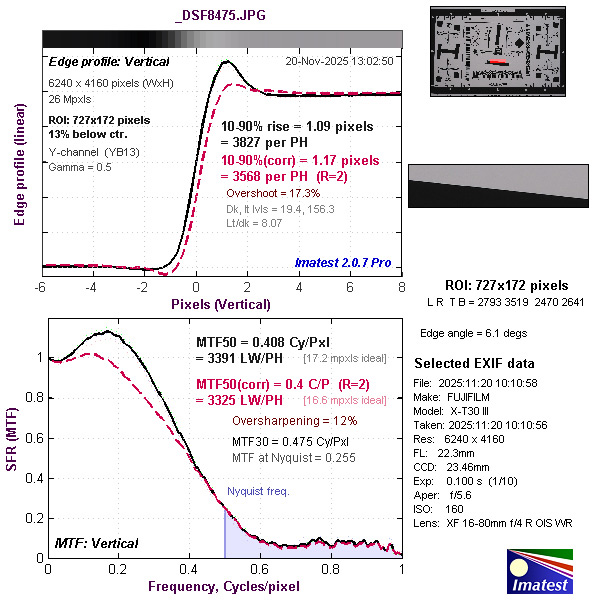

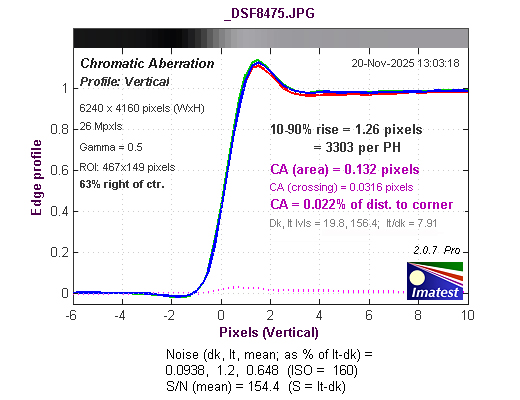

Based on RAF.RAW files recorded simultaneously and converted into 16-bit TIFF format with Adobe Camera Raw.
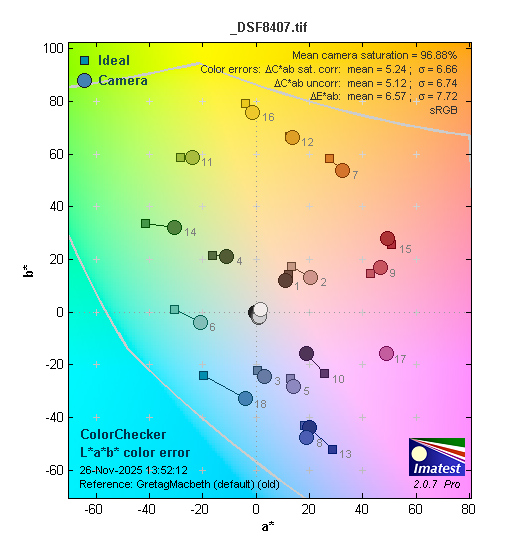
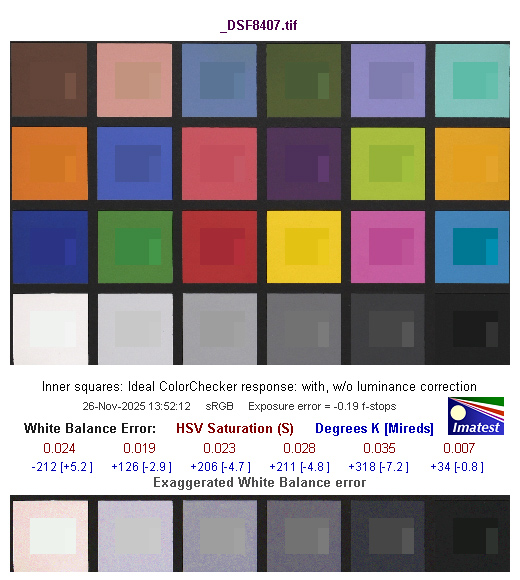
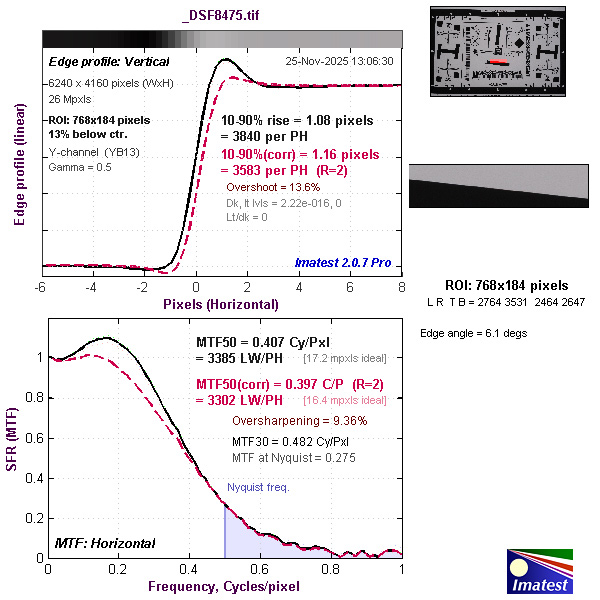

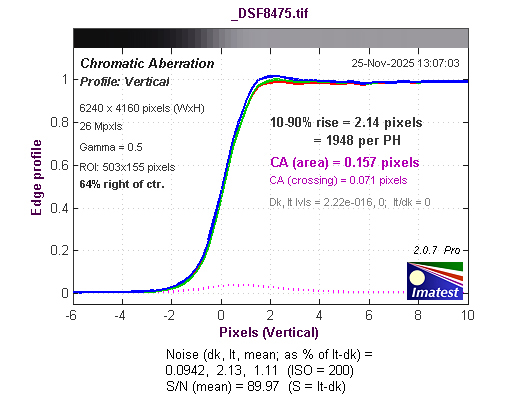
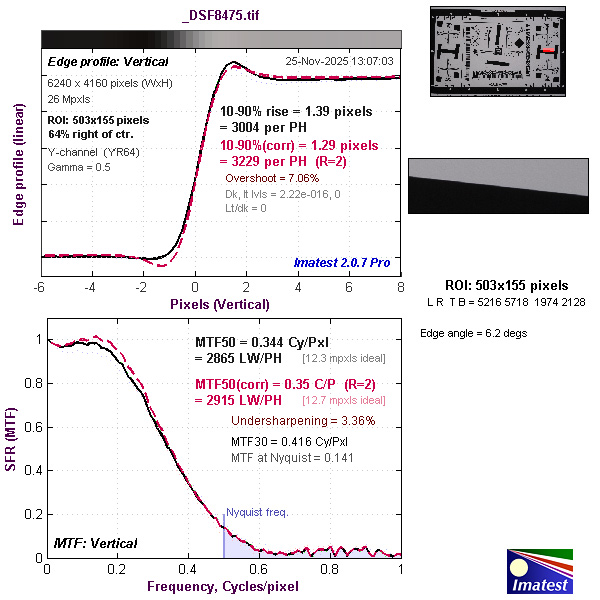
SAMPLES
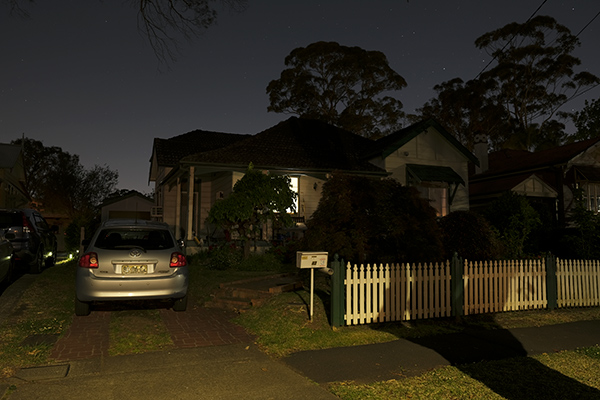
30-second exposure at ISO 80, f/3.5, 33mm focal length.
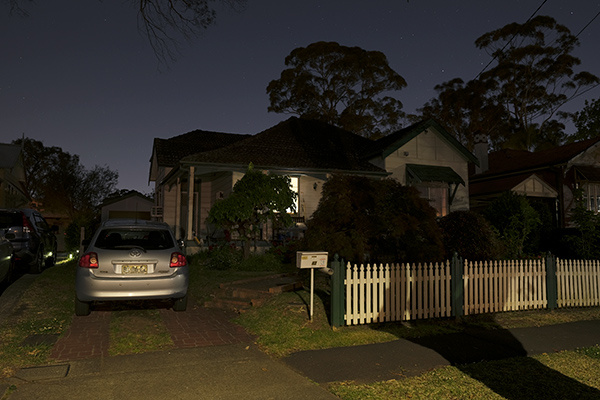
30-second exposure at ISO 160, f/4, 33mm focal length.
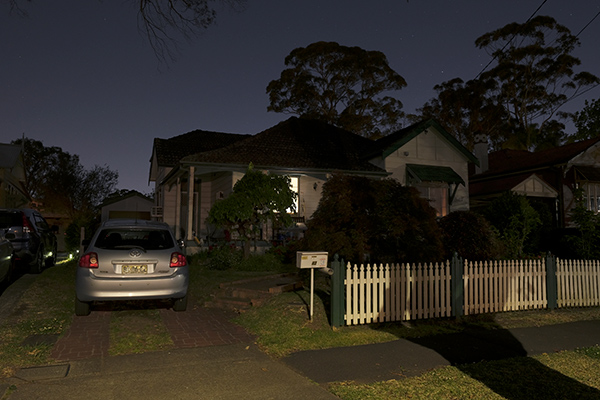
20-second exposure at ISO 800, f/4, 33mm focal length.
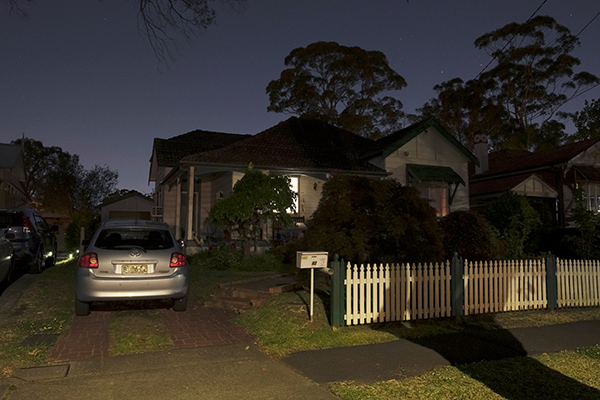
10-second exposure at ISO 1600, f/5, 33mm focal length.
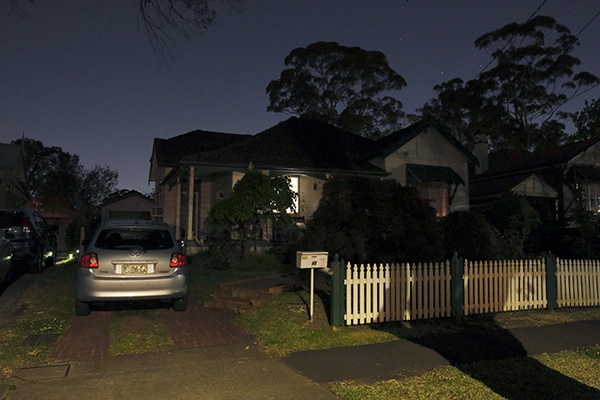
5-second exposure at ISO 6400, f/5.6, 33mm focal length.

2.5-second exposure at ISO 12800, f5.6, 33mm focal length.
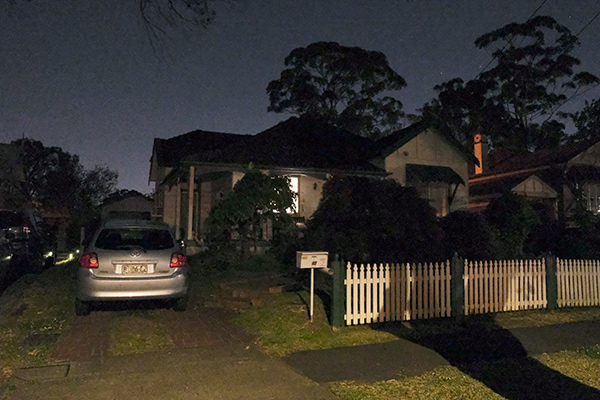
2-second exposure at ISO 25600, f/6.4, 33mm focal length.

1-second exposure at ISO 51200, f/8, 33mm focal length.

13mm focal length, ISO 160, 1/200 second at f/10.
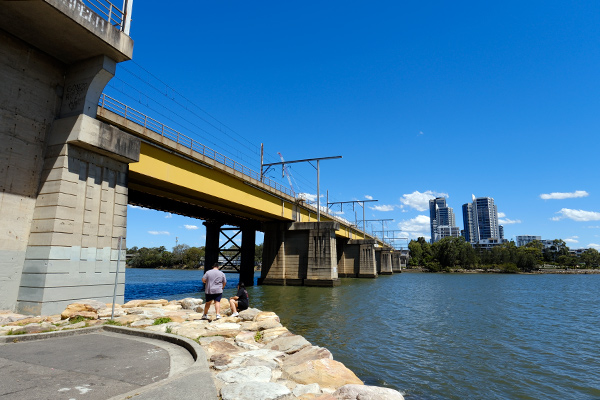
13mm focal length, ISO 160, 1/160 second at f/11.
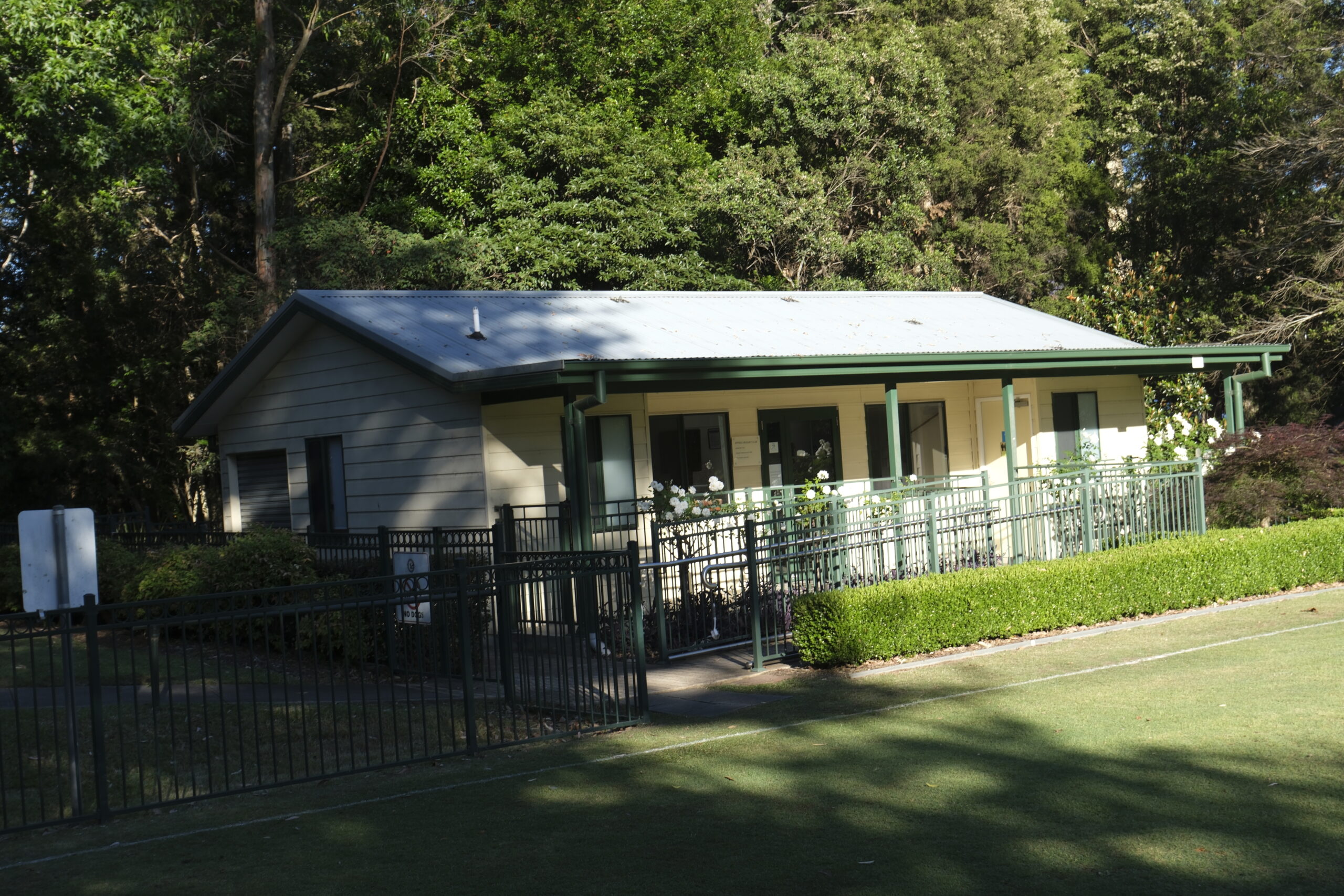
33mm focal length, ISO 160, 1/140 second at f/8.
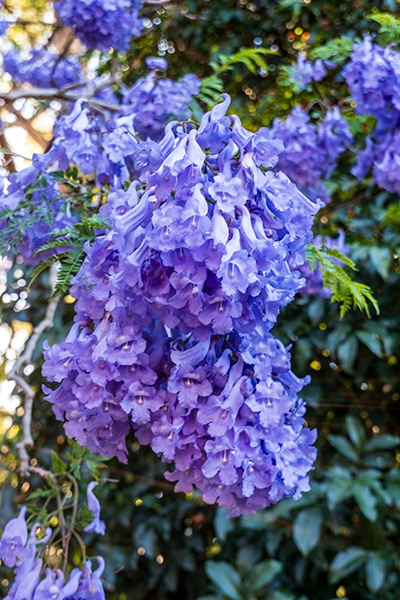
Close-up at 33mm focal length; ISO 160, 1/20 second at f/7.1.

Two panorama shots, showing typical angle-of-view coverage.
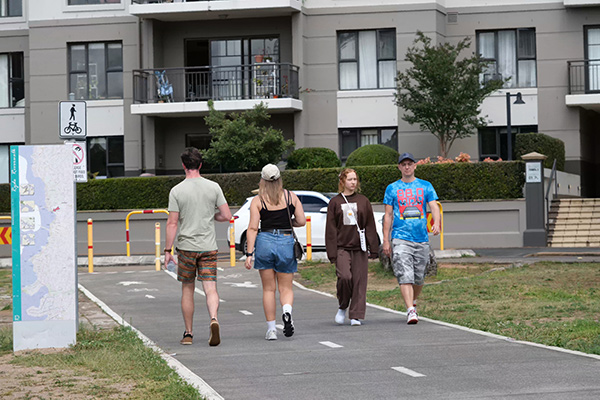
Still frame from 6.2K video clip (6240 x 4160) recorded at 25p, 500Mbps.
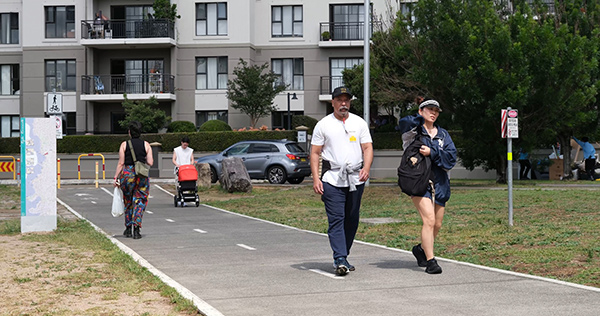
Still frame from DCI 4K 17:9 video clip (4096 x 2160 pixels) recorded at 25p, 200Mbps.
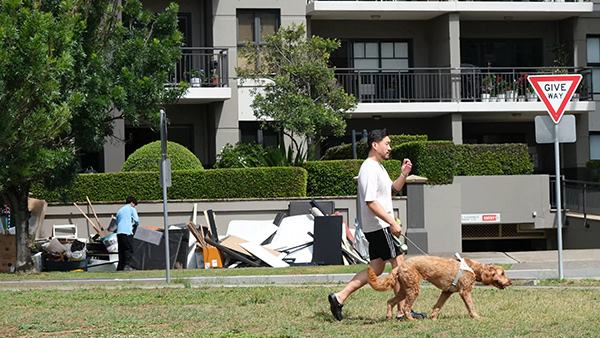
Still frame from 4K 16:9 video clip (3840 x 2160 pixels) recorded at 25p, 200Mbps.

Still frame from 4K 16:9 video clip (3840 x 2160 pixels) recorded at 50p, 500Mbps.

Still frame from 1920 x 1080-pixel Full HD video clip recorded at 50p/100Mbps.
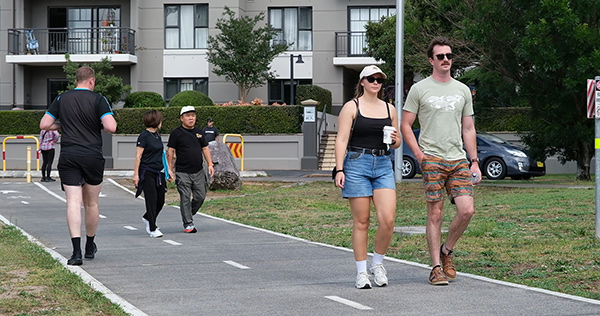
Still frame from 2048 x 1080-pixel Full HD video clip recorded at 50p/100Mbps.
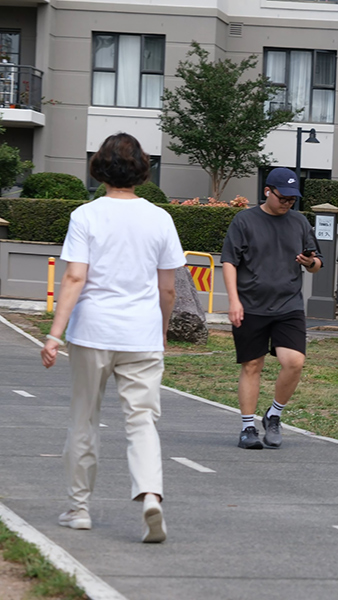
Vertical video recording, 1920 x 1080 pixels at 25p, 500Mbps.
Additional image samples can be found with our review of the XC 13-33mm f/3.5-6.3 OIS and XF 16-80mm f/4 R OIS WR lenses.
Rating
RRP: AU$1679 (body only); $1949 (with Fujinon XC13-33mm f/3.5-6.3 OIS kit lens)
- Build: 8.9
- Features: 8.8
- Ease of use: 8.6
- Autofocusing: 8.9
- Still image quality JPEG: 8.9
- Still image quality RAW: 9.0
- Video quality: 8.9
BUY







